

Max Davies
2026 Toyota HiAce review
2 Hours Ago

News Editor
The redesigned Ford Ranger Raptor and Everest have been spied testing in the Victorian High Country.
The photos were shared on the Vic High Country Trips, Info, Vehicle Setups Facebook group by user Warren, and show a left-hand drive version of the Ranger Raptor and a right-hand drive Everest.
The Ranger will be unveiled on November 24 ahead of a 2022 introduction and has already been teased extensively, while the Everest – also set for a 2022 launch – has only been seen in spy photos.
The Everest was decked out with a suite of ARB accessories, which Ford will offer through its dealerships and cover under its own five-year warranty.
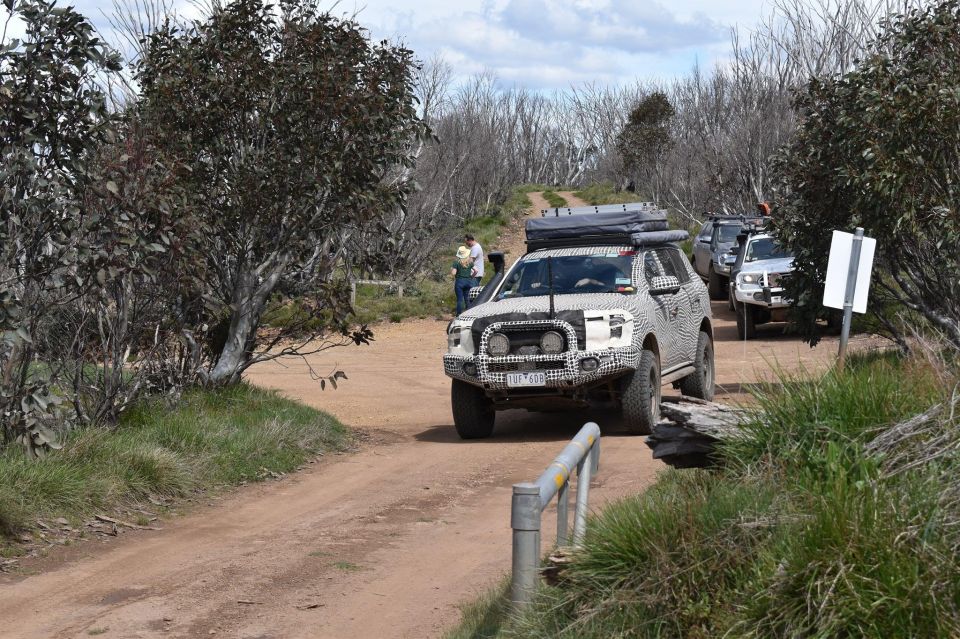
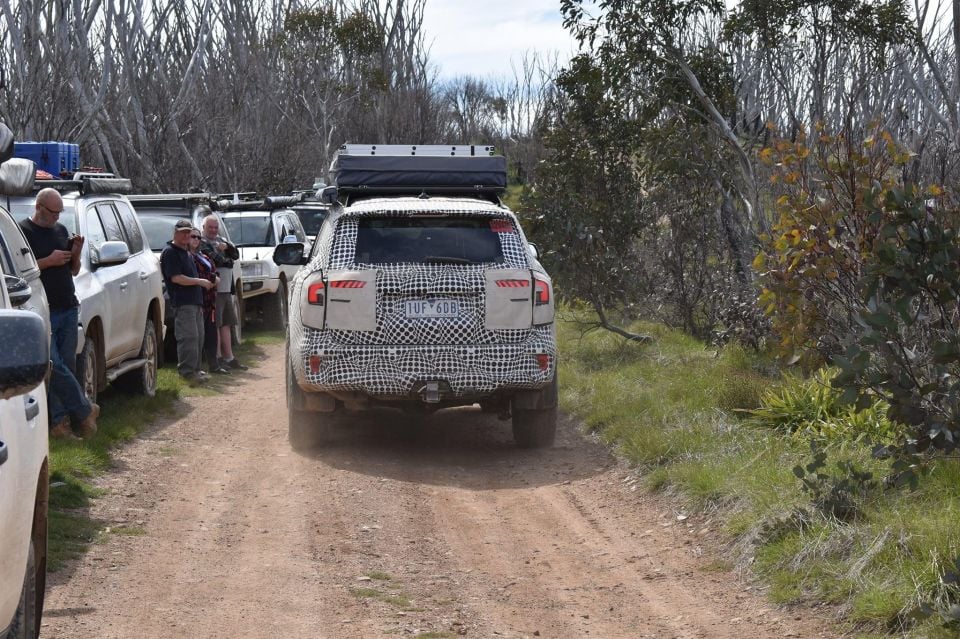
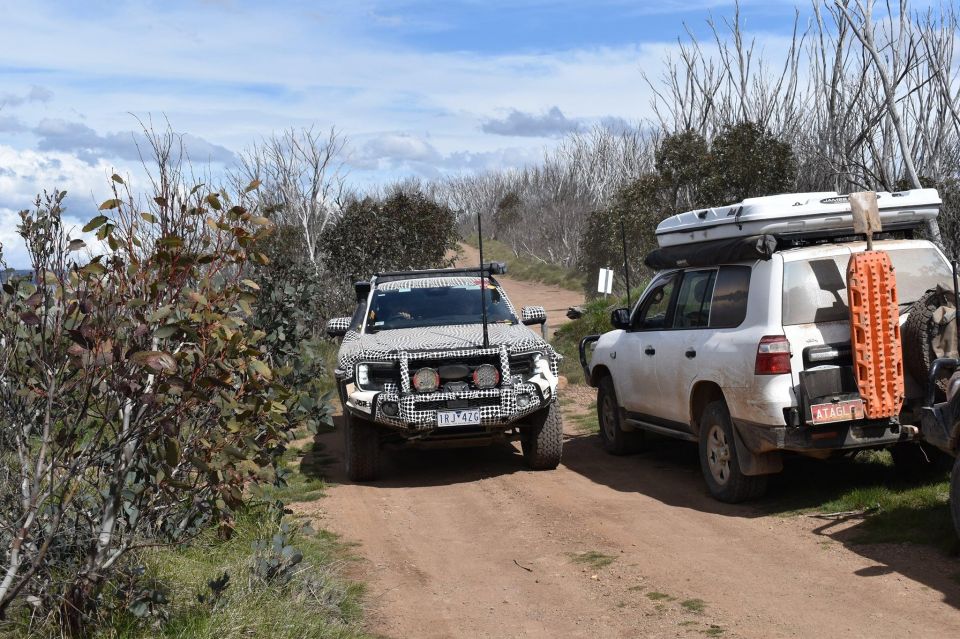
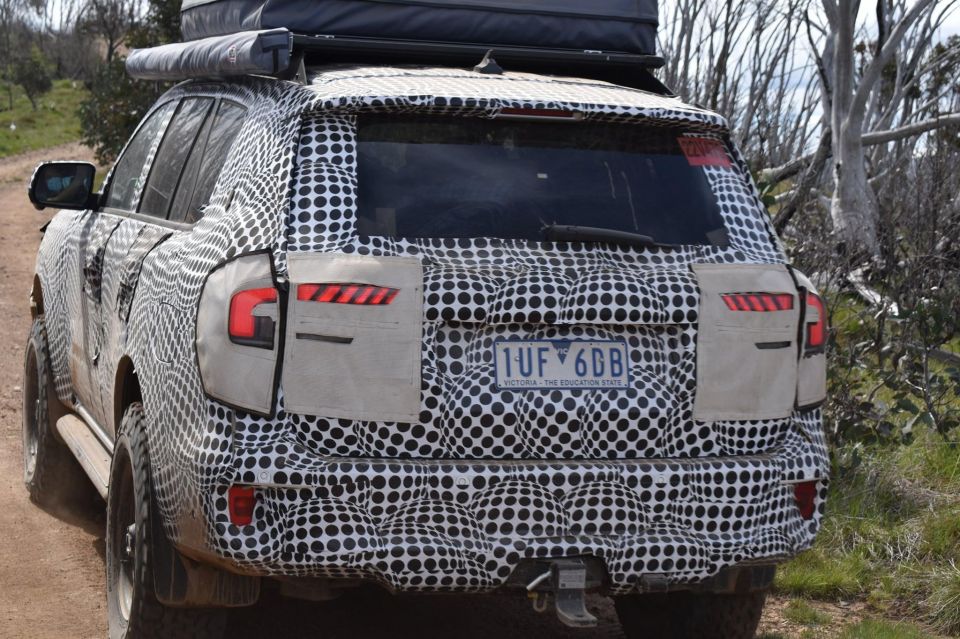
Additional kit on this Everest includes a bull-bar, LED spot lights, an antenna, snorkel, roof racks and a tow bar, while the Ranger Raptor spied is wearing only a snorkel.
The spied Everest prototype is also wearing BF Goodrich all-terrain tyres, similar to those you’ll find on the current Ranger Raptor, and it has also received a suspension lift.
The new Raptor looks to continue the design cues of the current car, including flared guards and the oversized ‘Ford’ lettering across a black grille.
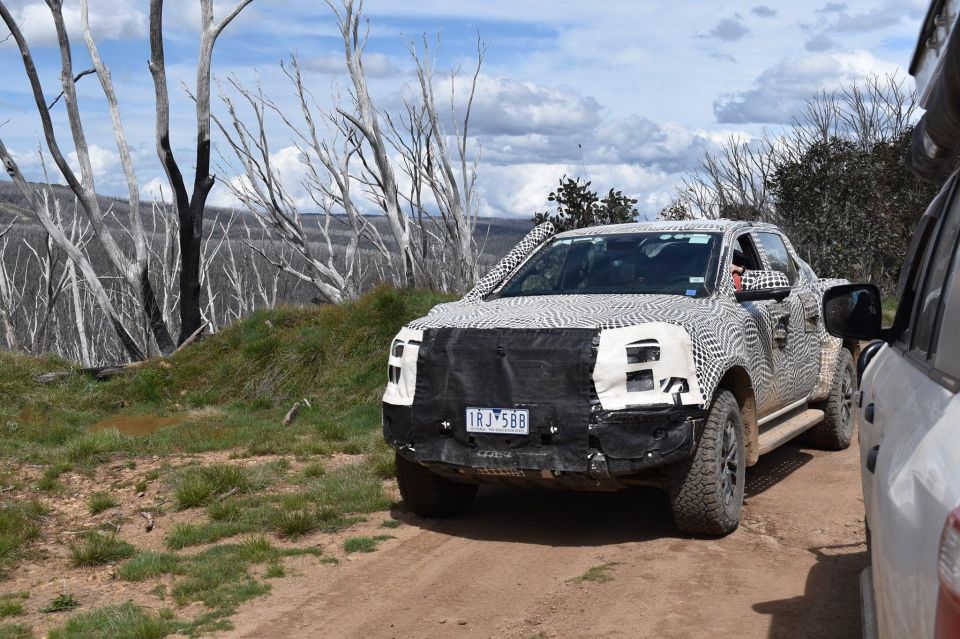
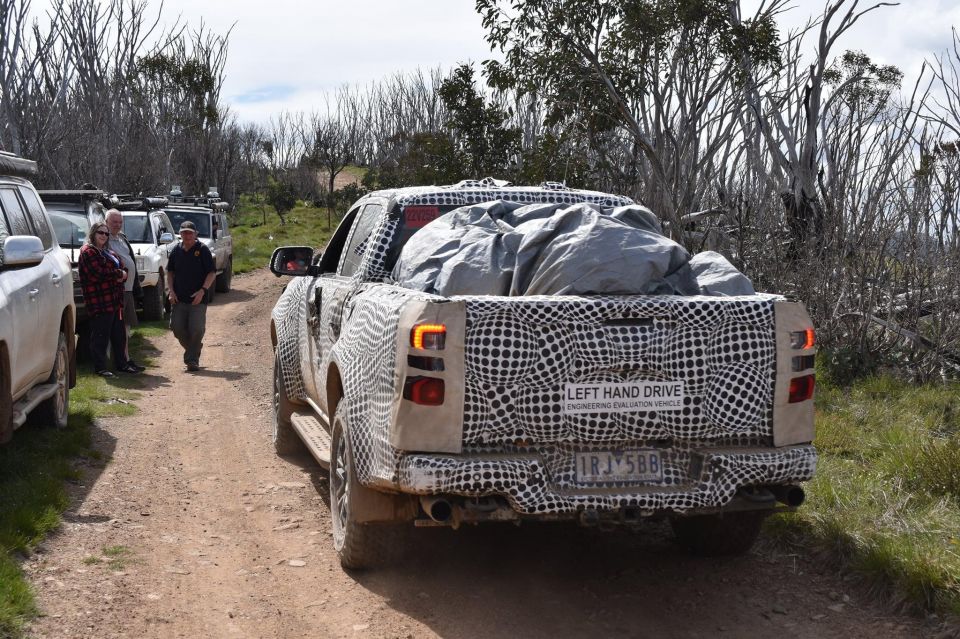
We also expect it to continue to use Fox performance shocks.
The redesigned Ranger and Everest both wear a more imposing, F-150-like fascia with horseshoe-shaped LED daytime running lights.
Regular Rangers and the Everest will feature a wide bar stretching between the headlights.
A series of shadowy and camouflaged teasers have given us a fairly thorough look of the new Ranger, which we previewed in 2020 with computer-generated images based on a final clay model.
The Everest spied is still wearing plenty of bulky, disorienting camouflage, though we can see the tail light design appears to have changed from the clay model with the lighting assembly extending onto the tailgate.
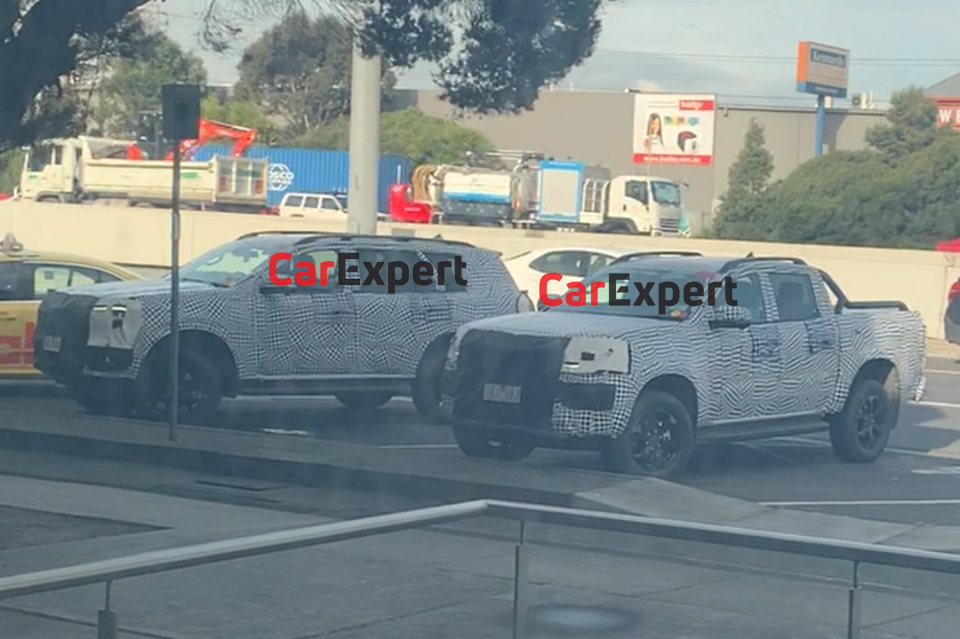
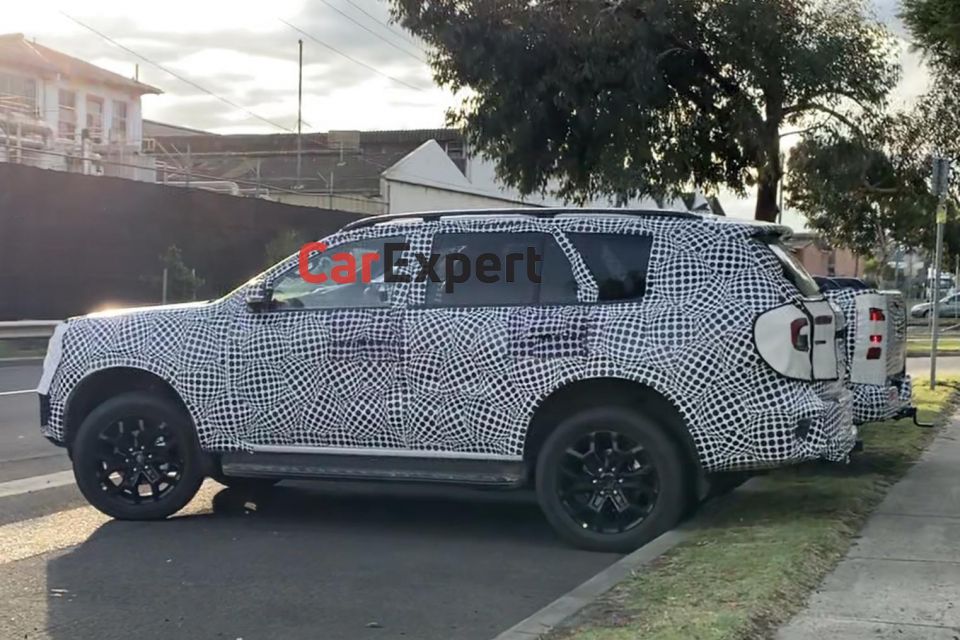
In addition to investing in electric vehicles, Ford is spending big on infotainment and connected car technology.
Both the Ranger and Everest are expected to be offered with the brand’s SYNC4 infotainment system, which is delivered via a new 15.5-inch vertical infotainment screen in the centre of the cabin that comes with wireless Apple CarPlay and Android Auto.
It’ll be joined by a 12-inch screen ahead of the driver showing speed and trip computer information.
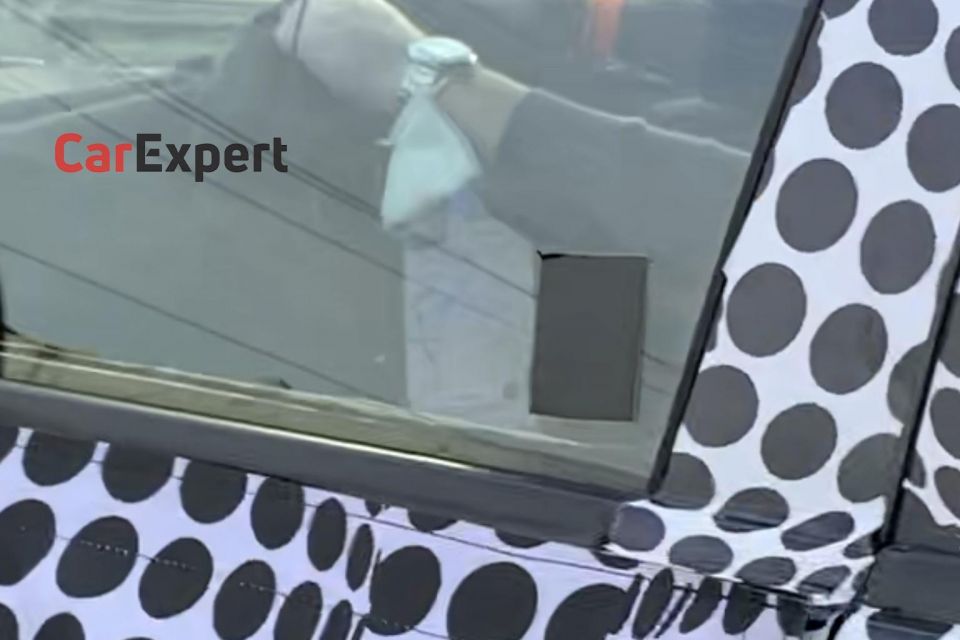

While the vertical screen is likely to be limited to top-specification models, lower models in the range are expected to pick up a 12-inch infotainment screen that also features SYNC4 and wireless Apple CarPlay and Android Auto.
In addition to wireless smartphone mirroring, both the Ranger and Everest will launch with FordPass Connect, which allows owners to connect to their vehicle remotely to start it, monitor vehicle conditions and perform functions such as locking and unlocking.
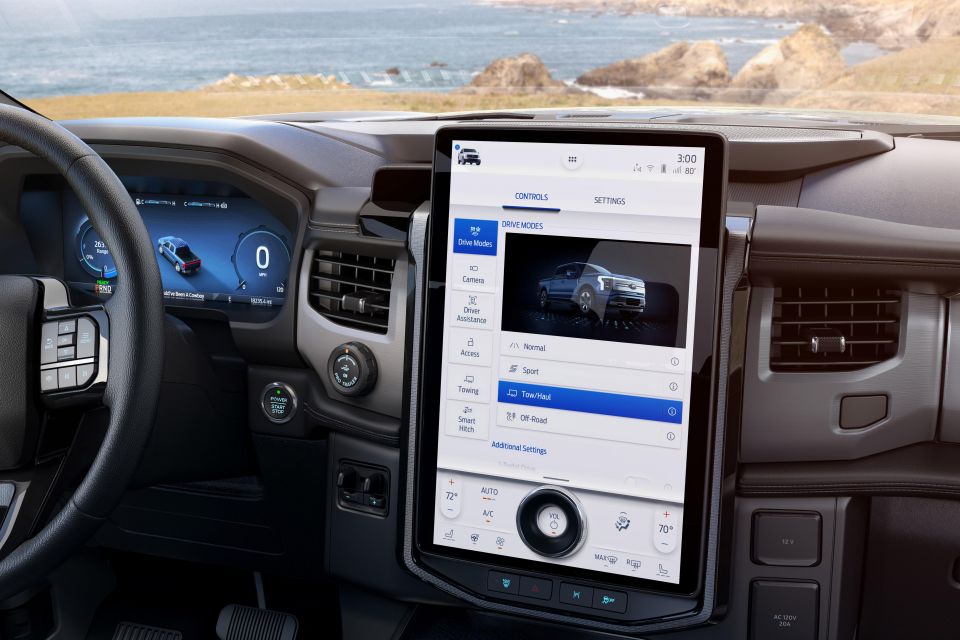

Our spy photos and footage suggest that Ford will also offer a surround-view camera for the first time in Ranger and Everest, with semi-autonomous parking with front and rear parking sensors expected to remain to complement the parking package.
Ford will kick the 2022 Ford Ranger and Ford Everest off by deleting the ability to purchase either model with its ageing 3.2-litre five-cylinder turbo-diesel engine.
The default engine will be a 2.0-litre twin-turbocharged four-cylinder diesel producing 157kW of power and 500Nm of torque. There’s a chance that Ford will bump the power or torque figures of this engine up to sit just ahead of its nearest competitors.
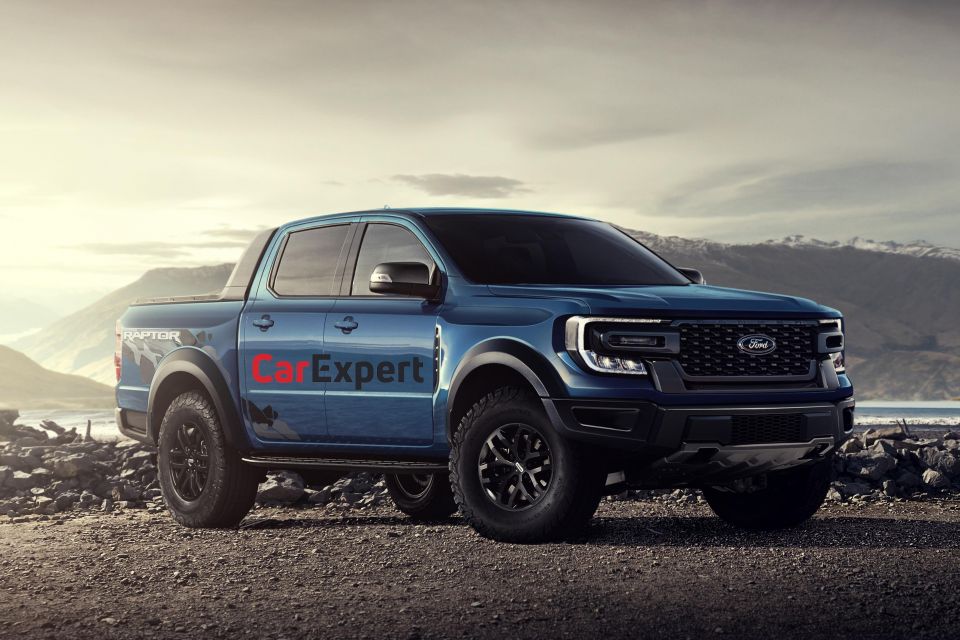
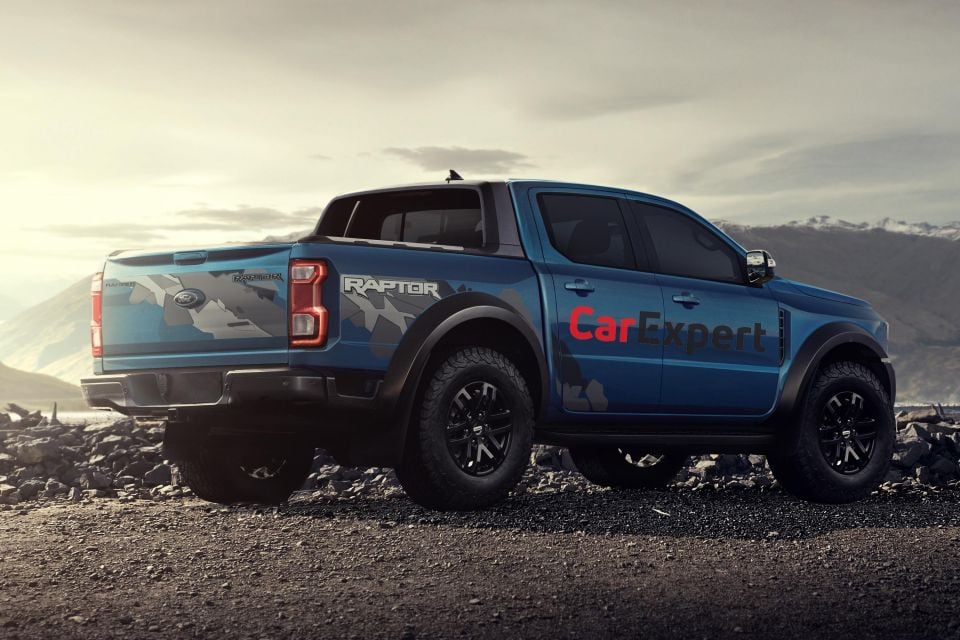
Buyers will be able to step up to a six-cylinder turbo-diesel engine as an option on the top model grades. That engine will be a 3.0-litre turbocharged six-cylinder diesel making 186kW of power and 600Nm of torque.
The six-cylinder diesel engine is currently used in the American F-150. The V6 diesel engine was released in June 2018, and helps the F-150 offer a towing capacity of over 5000kg with a braked trailer. That engine will shortly be discontinued from the F-150 range, meaning there should be adequate supply for Ranger and Everest globally.
Currently, the only V6-powered diesel ute on the market is the Volkswagen Amarok V6. Given the next generation Amarok will share a platform with the Ranger, Ford will want to ensure power or torque outputs exceed the current 190kW (200kW on overboost) and 580Nm on offer from the VW diesel engine.
A 2.7-litre EcoBoost petrol engine is likely to feature in the Ranger Raptor (although this may not be for the Australian market).
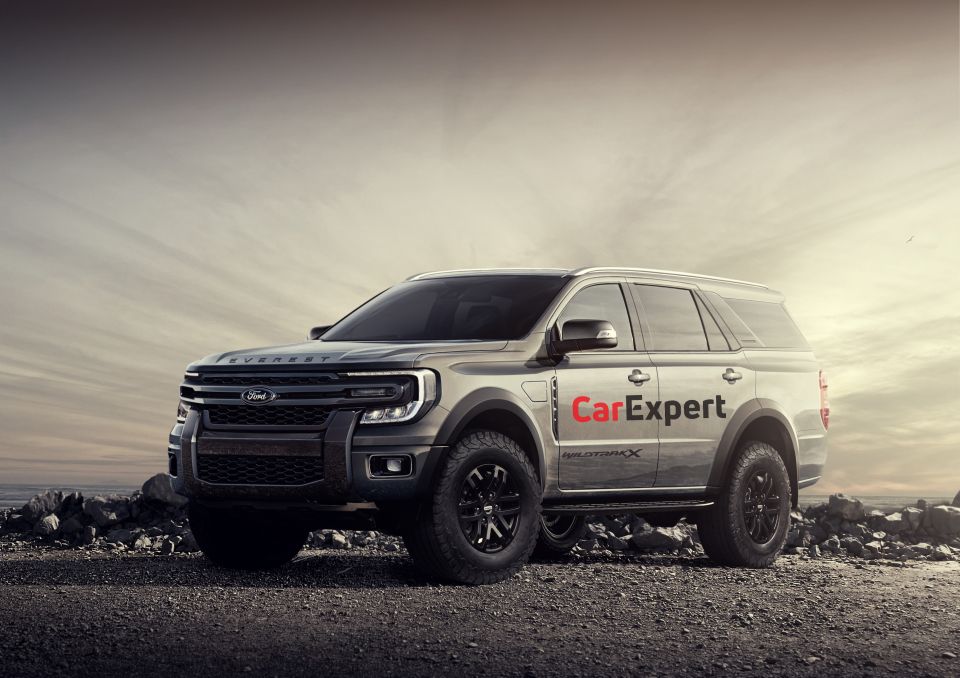
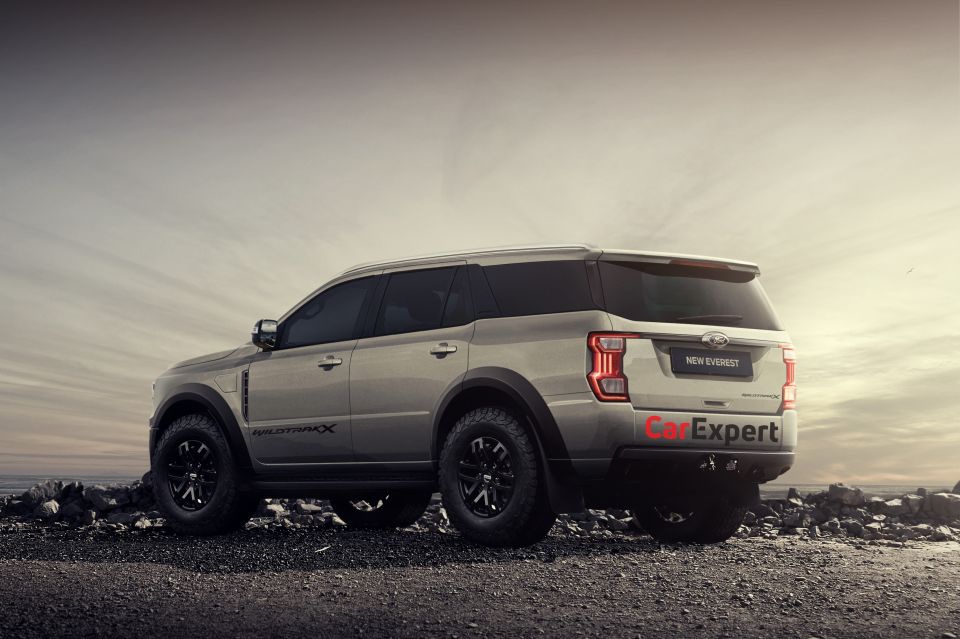
Revealed last year, the range-topping Bronco is available with a second-generation Nano 2.7-litre EcoBoost turbocharged V6 engine.
CarExpert expects the same engine to feature in the next-generation Ranger Raptor.
It outputs 231kW of power and 540Nm and torque, mated with a 10-speed automatic transmission and full-time all-wheel drive.
That’s a jump of 74kW and 40Nm on what’s offered by the current Ranger Raptor.
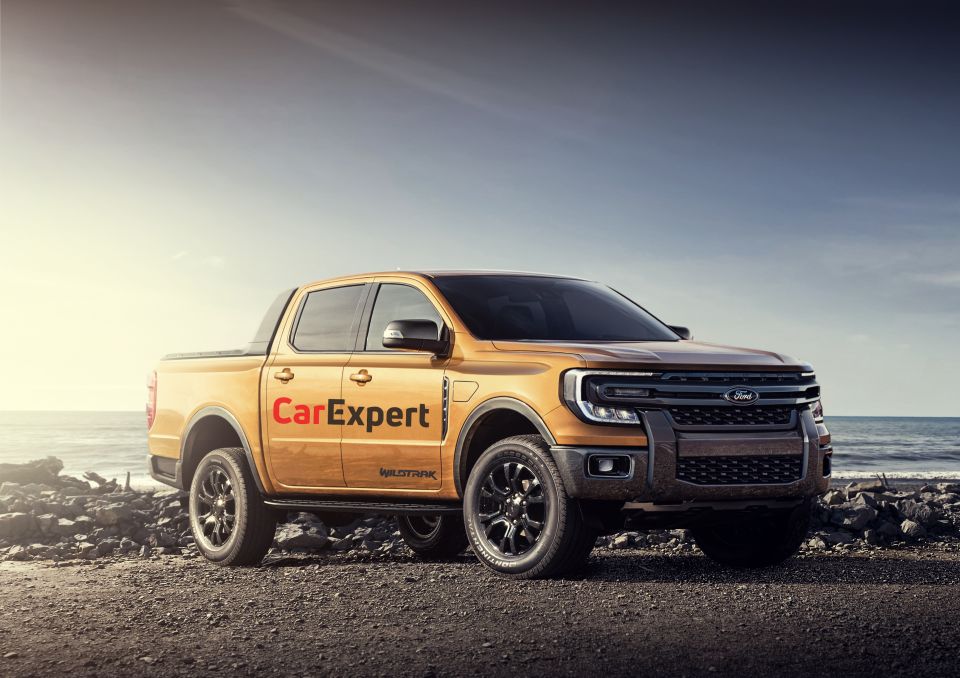
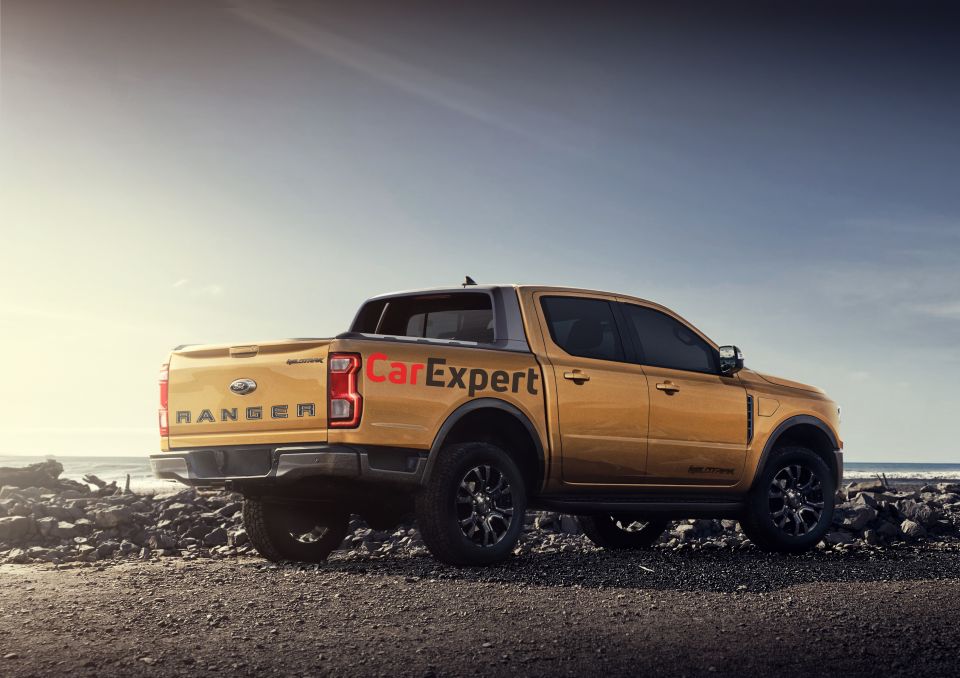
The final engine being offered for both Ranger and Everest, although unlikely to be available immediately at launch, is a 2.3-litre turbocharged four-cylinder petrol engine with a plug-in hybrid system.
A Ford Europe spokesperson confirmed that the brand’s commercial vehicle range, including the Ford Ranger ute, will be “zero-emission capable” by 2024, meaning the PHEV may lag the rest of the range by a year or two.
The Ranger and Everest PHEV will produce 270kW of power and 680Nm of torque, and is expected to offer a combined fuel economy of 3.0 litres of fuel per 100km.
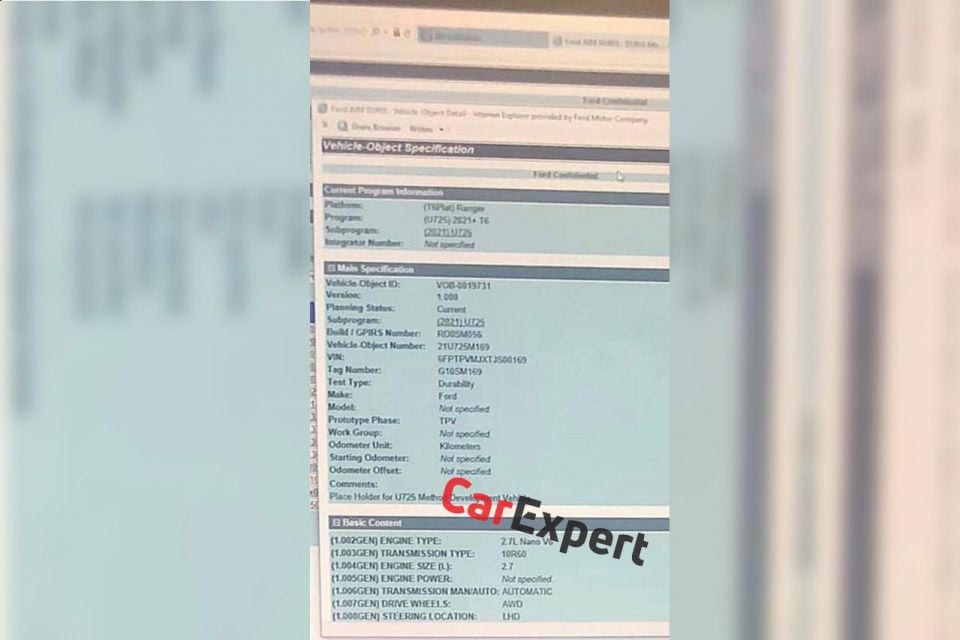
Our understanding is the plug-in hybrid engine is yet to be used in any Ford products globally. Currently, the Explorer PHEV uses a 3.0-litre turbocharged V6 and an electric motor, while the Escape PHEV uses a smaller 2.5-litre four-cylinder in combination with an electric motor.
The entire range will be mated to Ford’s 10-speed automatic transmission.
MORE: Everything Ford Ranger MORE: Everything Ford Everest
Where expert car reviews meet expert car buying – CarExpert gives you trusted advice, personalised service and real savings on your next new car.
William Stopford is an automotive journalist with a passion for mainstream cars, automotive history and overseas auto markets.


Max Davies
2 Hours Ago


William Stopford
18 Hours Ago


Ben Zachariah
19 Hours Ago


Derek Fung
19 Hours Ago


Matt Campbell
1 Day Ago


William Stopford
2 Days Ago